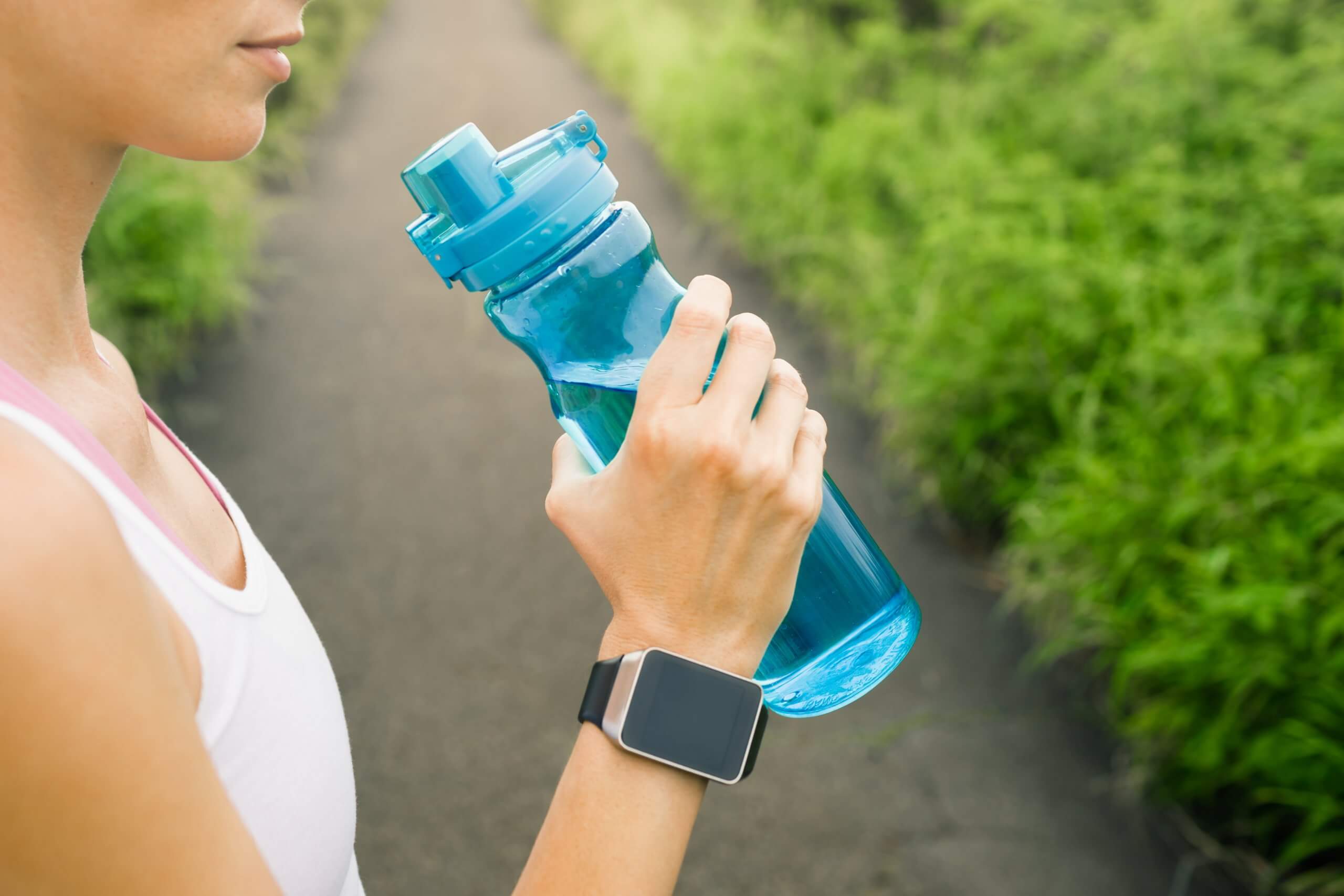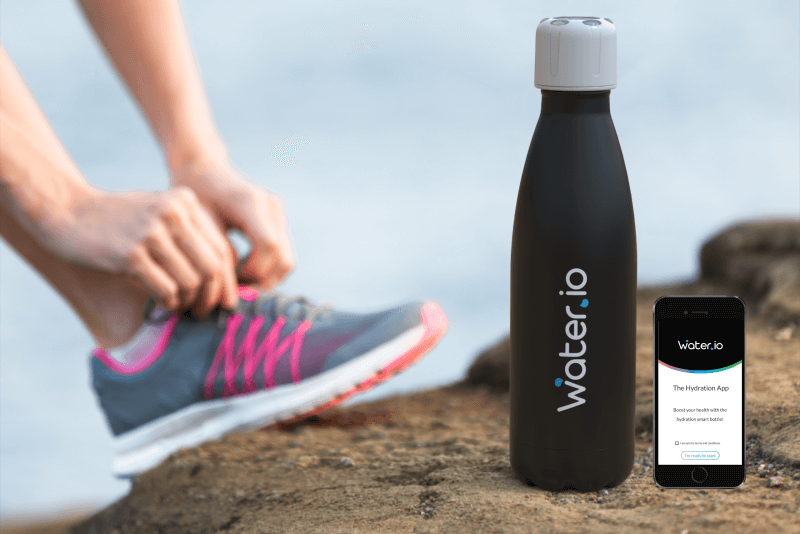Today food packaging has become more important than ever to manufacturers.
From eco-friendly biodegradable packaging to BPA-free packaging, food companies have been finding alternatives and improvements to their packaging design. Food packaging is important for many reasons; it helps advertise the product, it keeps the food protected from bacteria and it keeps the food fresh and contained – preventing spills and spoilage. Most of the food packaging on the market today are petroleum-based plastics, which are not biodegradable and not environmentally conscious. There are many new types of packaging like non-stick, disappearing, safety enhanced and compressed packaging but today we will be discussing edible food packaging.
What is edible food packaging?
Edible food packaging is a type of packaging that is designed to be eaten or has the ability to biodegrade efficiently like the food that it contains. This type of packaging comes in many forms and is constantly being improved and innovated to be made from many different types of substances.
What are the types of edible food packaging?
There are many different types of edible food packaging as different companies have tried specific substances for their type of food. One of the first edible packaging was of course the ice cream cone – a waffle or sugar based cone that contains ice cream. In that respect, a fast food chain has tried to make a coffee cup that is made out of a hard cookie and lined with a thin layer of chocolate that is resistant to heat. This way the cup can be eaten after the coffee is consumed or if thrown away it will decompose faster than Styrofoam or plastic. Another form on the edible cup on the market is a gelatin type packaging, made by Loliware, that is comes in many different flavors like cherry and vanilla. There are also starch based cupcake wrappers made from potato fibers and candy wrappers made from rice paper.
A newer form of edible packaging is made from milk proteins and used as a casein around food products. These casein films are better than plastic at keeping the food fresh and less exposed to oxygen. They do not contain starch which means it is less porous and more effective in oxygen blocking. Casein looks very similar to plastic and since made out of milk they do not have a taste even those flavors could be added in the future. To enhance their durability some manufacturers have added citrus pectin which makes it stronger against higher temperatures and humidity.
A company called Wikifoods has developed a fruit like casing that surrounds the food and can be broken open like the skin of a fruit. This company paired up with Stonyfield Yogurt to make yogurt filled “balls” that replaces the typical plastic yogurt containers. These balls are made from fruit filled skins that resemble a grape skin or apple and contains either yogurt or ice cream.
There are a few very new inventions that are in development and not yet available on the market. These include caramelized sugar casings, seaweed packaging, and beeswax containers.
Advantages of Edible Food Packaging
There are many advantages to switching over to edible food packaging. First, most consumers are becoming very environmentally conscious. This means that they want to be aware of the waste that their purchases are contributing to. Edible food packaging eliminates the typical waste cycle and doesn’t require any recycling. Since most edible packaging can be eaten or composted, it is very biodegradable and won’t fill up landfills or recycling centers.
Second, this type of packaging can be applied to a variety of uses –with food packaging and food saving. Edible packaging is used most commonly for refrigerated and single serve products. This range could be expanded to include soup and coffee, making packaging able to be dissolved after exposed to heat. Instead of using sugar coatings to preserve certain foods like cereal – milk casein can be used to coat the cereal to keep it from becoming stale.
Disadvantages of Edible Food Packaging
There are some shortcomings to edible packaging. The idea that it is water soluble is both an advantage and disadvantage. If the packaging is too water soluble it will not hold up in humid climates. It would also break down faster if kept cold and then exposed to condensation effects once removed from the refrigerator. Another downside is that some edible packaging wouldn’t be as sanitary when it is exposed to different environments and during shipping. Some edible packaging will still require outer packaging to protect it from contaminants and keep it safe for consumption. The outer packaging would not be biodegradable and still made from original packaging substances making it not as eco-friendly.
Another aspect to consider is that some of these edible packaging options may not be compatible with those consumers that suffer from food allergies. Milk and lactose allergies are extremely prevalent and so that would be a concern for the packaging that is made from milk proteins. Those with gluten allergies may also need to be more conscious of edible packaging as some can be made from ingredients that contain gluten.
Finally, the shopper mentality would need to be adjusted to accept edible packaging. Obviously, with some foods, they don’t require packagings like pastries and fresh foods. Consumers may have difficulty adapting to seeing certain types of food without plastic packaging. They may be skeptical at first that edible food packaging is a sanitary and sustainable option to regular packaging.
In conclusion
There are many new innovative bio-products coming on the market and edible food packaging is continuing to progress. As more consumers are becoming more mindful of their carbon footprint and waste contribution there could be a shift to using edible food packaging as an alternative to harmful plastics. As with any bio-industry edible packaging has a long way to go as far as development, approval from government agencies like the FDA, and changing the minds of shoppers who are accustomed to seeing plastic packaging. Overall, with the innovations and developments that are in the works, we could be seeing edible packaging on shelves sooner than we think.





